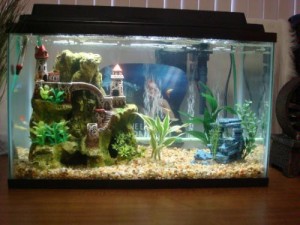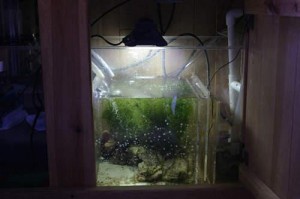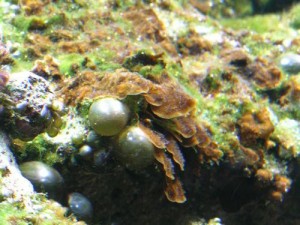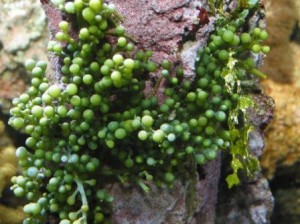
What do all algae (and cyano too) need to survive? Nutrients. What are nutrients? Ammonia/ammonium, nitrite, nitrate, phosphate and urea are the major ones. Which ones cause most of the algae in your tank? These same ones. Why can’t you just remove these nutrients and eliminate all the algae in your tank? Because these nutrients are the result of the… [Read More]









